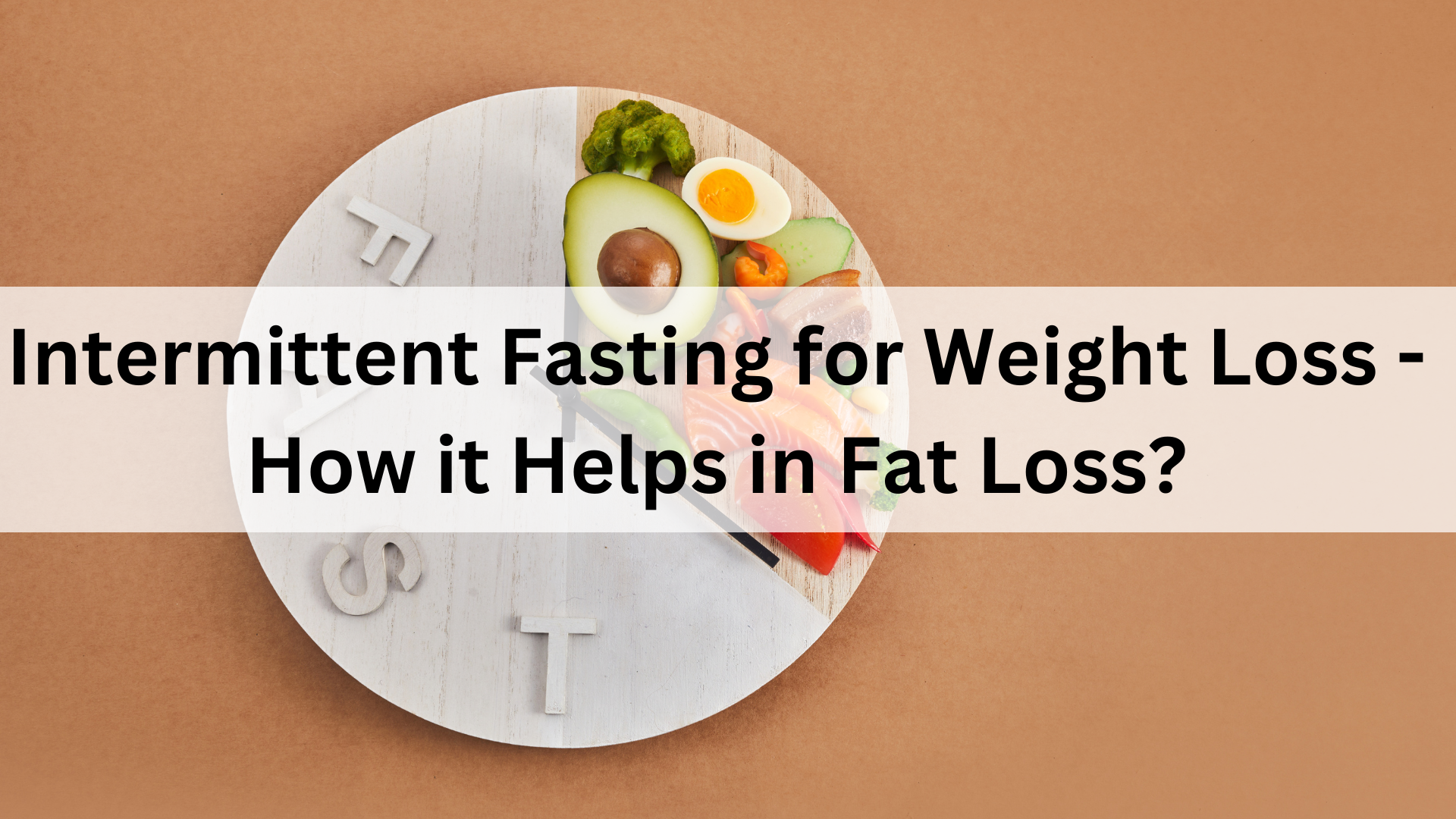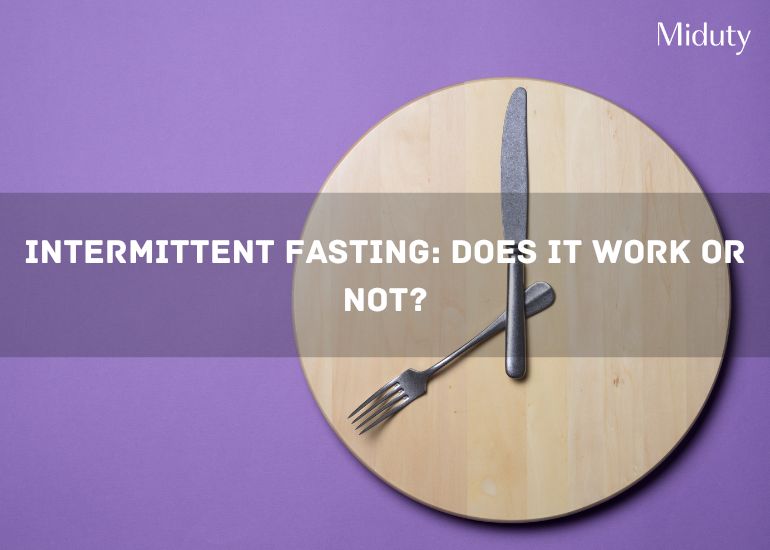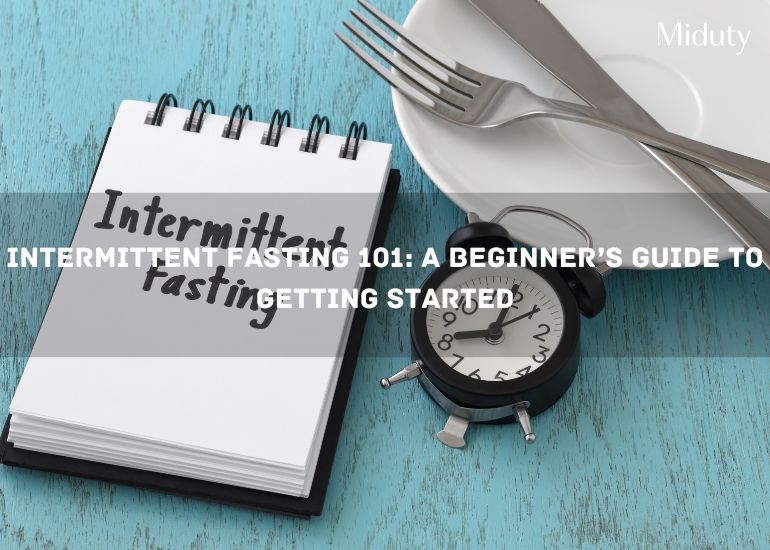
The Indian Diabetic Diet Chart: A Guide to Manage Blood Sugar and Weight
The Indian Diabetic Diet Chart: A Guide to Manage Blood Sugar and Weight
- If you are searching for an Indian diet plan for diabetes, it is likely that either you or a family member or friend suffers from diabetes and that you are simply looking for the best way to manage it.
- But, it is totally possible to reverse diabetes naturally. You just need to swap high carb ingredients with low carb ingredients.
- The ultimate diet for a diabetic patient is the one that will cure it. This diet chart for diabetic patients includes not only weight loss for diabetics, but a diet plan for diabetics to reverse diabetes completely.
Buy Now Miduty Blood Sugar Control
Creating an effective diabetic diet plan that fits within an Indian lifestyle can be a challenge, but with the right guidance, it's possible to manage and even improve diabetic health. Here’s a comprehensive guide for developing an Indian diabetic diet chart, tailored to help regulate blood sugar levels, aid in weight loss, and ensure balanced nutrition.
While diabetes is a chronic condition, there’s increasing evidence that it can be managed naturally and potentially reversed. A diabetic diet chart emphasizing low-carb, high-fiber foods is ideal for controlling blood glucose levels without compromising on taste. This approach allows you to enjoy satisfying meals, lose weight, and improve insulin sensitivity. Let's dive into this comprehensive diet chart for diabetic patients and discover the foods that could support blood sugar management and even weight loss.
Indian Diet Plan for Diabetic Patients
For individuals with diabetes, monitoring carbohydrate intake is crucial as high-carb diets can lead to blood sugar spikes. A diabetic diet chart emphasizes low glycemic index (GI) foods, which have a slower impact on blood sugar levels, making them ideal for diabetic patients. Additionally, focusing on high-fiber, protein-rich meals supports stable energy levels and can promote healthy weight management.
Benefits of a Diabetic Diet Chart
Following a structured diabetic diet plan can:
- Regulate blood sugar: Balanced meals prevent sudden spikes or drops in blood glucose.
- Support weight loss: A calorie-conscious, nutrient-dense diet aids in diabetic weight loss.
- Provide essential nutrients: Key vitamins and minerals improve immunity and overall health.
Bonus Diabetic Diet Chart/Plan
Here's an Indian diabetic diet chart you can follow. This plan incorporates diabetes-friendly ingredients and traditional Indian recipes that suit diabetic needs.
Breakfast Options
- Vegetable Cheela Rolls: Made with gram flour (besan), this savory dish is high in protein and fiber. Including finely sliced cabbage, bell pepper, and carrots for the filling adds nutrients and flavor without increasing blood sugar.

Ingredients for Cheela
- 1 cup besan gram flour
- 2 tablespoons rice flour
- ½ teaspoon jeera or cumin seeds
- 1 tablespoon oil
- ¾ cup water
Ingredients for filling
- 3 cups finely sliced cabbage
- ½ cup bell pepper (shredded)
- ½ cup carrots (shredded)
- 2 teaspoons mustard seeds
- 2 teaspoons jeera or cumin seeds
- 2 teaspoons ghee
- ½ teaspoon salt
- 1 teaspoon lemon juice
- ¼ teaspoon haldi or turmeric powder
Method
- Mix the dry ingredients required for cheela together.
- Add water to it till it makes a smooth batter. The consistency of the batter must be similar to that of dosa.
- For the filling, heat oil in a pan over a medium flame.
- As the oil gets moderately heated up add the seeds (mustard and cumin).
- Once the seeds start cracking add the chopped vegetables.
- Stir and fry them for around 3-4 minutes.
- Add the spices and the lemon juice.
- Take a skillet and pore in some of the batter. To make a perfect circle spread the batter in a spiral pattern from the centre to outward with a spatula.
- Spread some oil on the batter and let it cook for at least 30 seconds.
- Flip it to the other side cook until both sides are well fried. In order to keep the sides evenly cooked, press the sides with the spatula.
- Once the cheela is cooked, put ½ a cup of fried vegetables diagonally across the centre of cheela.
- The sumptuous cheela is ready to serve.
- It tastes best when served with mango pickle.
- Paneer Paratha: Made with low-carb singhara atta (chestnut flour) and paneer, this paratha offers a delicious, diabetes-friendly alternative to traditional wheat-based options. Singhara atta is gluten-free and keeps insulin levels steady.

Servings-2
Ingredients
- 100 g singhara atta or chestnut flour
- 100 g paneer (grated)
- 1 teaspoon coriander leaves (fresh)
- 4 tablespoons of ghee
- A pinch of carrom seeds
- 1 finely chopped green chili
- Pink salt as per taste
Method
- Knead the singhara atta (chestnut flour) into a dough. Keep it aside.
- Take the grated paneer and add some herbs of your choice to it.
- Mix the paratha dough and grated paneer together.
- Roll the dough into a circular shape. Make sure that it is not too thin as a thin base may stick to the pan while frying.
- Take a pan and heat the ghee in it.
- Place the rolled paratha and fry both sides until golden brown.
- Serve the parantha hot with butter cubes on it.
Lunch Ideas
- Vegetable Salad with Quinoa: Quinoa is a high-protein grain that’s low on the glycemic index, making it suitable for diabetic patients. Add plenty of raw veggies like cucumber, bell pepper, and tomato to boost fiber intake.

- Spinach Soup: Soups like this are not only comforting but also packed with fiber and low in carbs, keeping you full without spiking your blood sugar levels.
Servings -2
Ingredients
- 150 g spinach (chopped)
- 50 g turnip (chopped)
- 10 g dessicated coconut
- 6 g ginger (chopped)
- 50ml coconut milk
- 2 cups of water to dilute coconut milk
- 3 teaspoons olive oil or coconut oil
- Green chili (optional)
- Salt according to taste
- Black Pepper according to taste
- Heavy Whipping Cream for garnish
Method
- Heat the oil over a low flame in a thick bottomed pan.
- Add the chopped ginger and sauté until pink. If you choose to use chili add it now.
- Add the vegetables to the pan and raise the heat.
- Add the salt and pepper cook until the vegetables' juices start to come out.
- Lower the heat and sprinkle in the dessicated coconut and stir it to mix it in.
- Add the diluted coconut milk to the pan and cook on low heat.
- Switch off the heat and allow the soup to cool down.
- Once the soup is cool put it into a blender and blend until smooth.
- Put the soup back into the pan and heat it until it boils.
- Serve the soup with some whipped cream on top.
Snack Options
- Roasted Chana or Nuts: A handful of roasted chickpeas (chana) or mixed nuts provides a good balance of protein and healthy fats, helping to curb hunger.

- Greek Yogurt with Chia Seeds: This snack is low-carb and contains probiotics that support gut health, which can be beneficial for diabetics.

Dinner Choices
- Grilled Fish with Steamed Vegetables: Fish provides essential omega-3 fatty acids, which are beneficial for heart health, especially for diabetics who are at a higher risk of cardiovascular issues.

- Vegetable Stir-Fry with Tofu: Tofu is an excellent plant-based protein option that’s low in carbs and pairs well with non-starchy vegetables like bell peppers, zucchini, and broccoli.

Diabetic Weight Loss Diet
Weight management is an important aspect of diabetic care, as maintaining a healthy weight can significantly improve blood sugar control. Here are some key points to consider in a diabetic weight-loss diet:
- High-fiber foods: Increase intake of vegetables, legumes, and whole grains.
- Protein-rich options: Opt for lean protein sources like tofu, paneer, and fish.
- Low-GI carbs: Foods with a low glycemic index, such as oats and barley, release glucose slowly, helping to prevent sugar spikes.
Conclusion
Creating a balanced diabetic diet chart tailored to an Indian lifestyle can make managing diabetes simpler and more enjoyable. Incorporating these recipes into your daily routine can help keep blood sugar levels stable and support overall health. Remember, diet is just one part of managing diabetes; regular exercise and monitoring blood sugar levels are equally crucial.
Stay consistent with your diet, and you may notice improved energy, weight loss, and better blood sugar control over time. If you have any favorite recipes or ideas for a diabetic diet, feel free to share your experiences!








